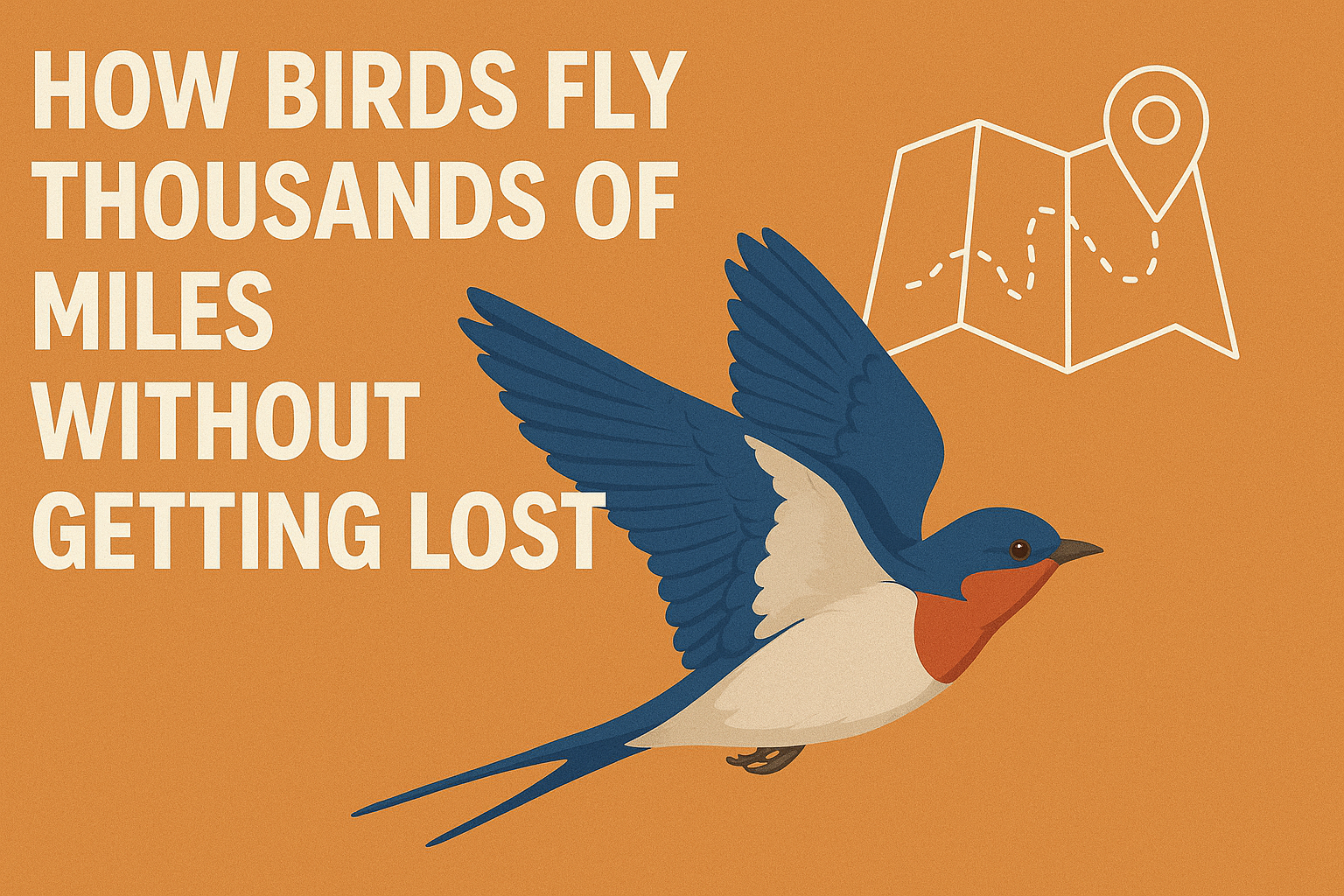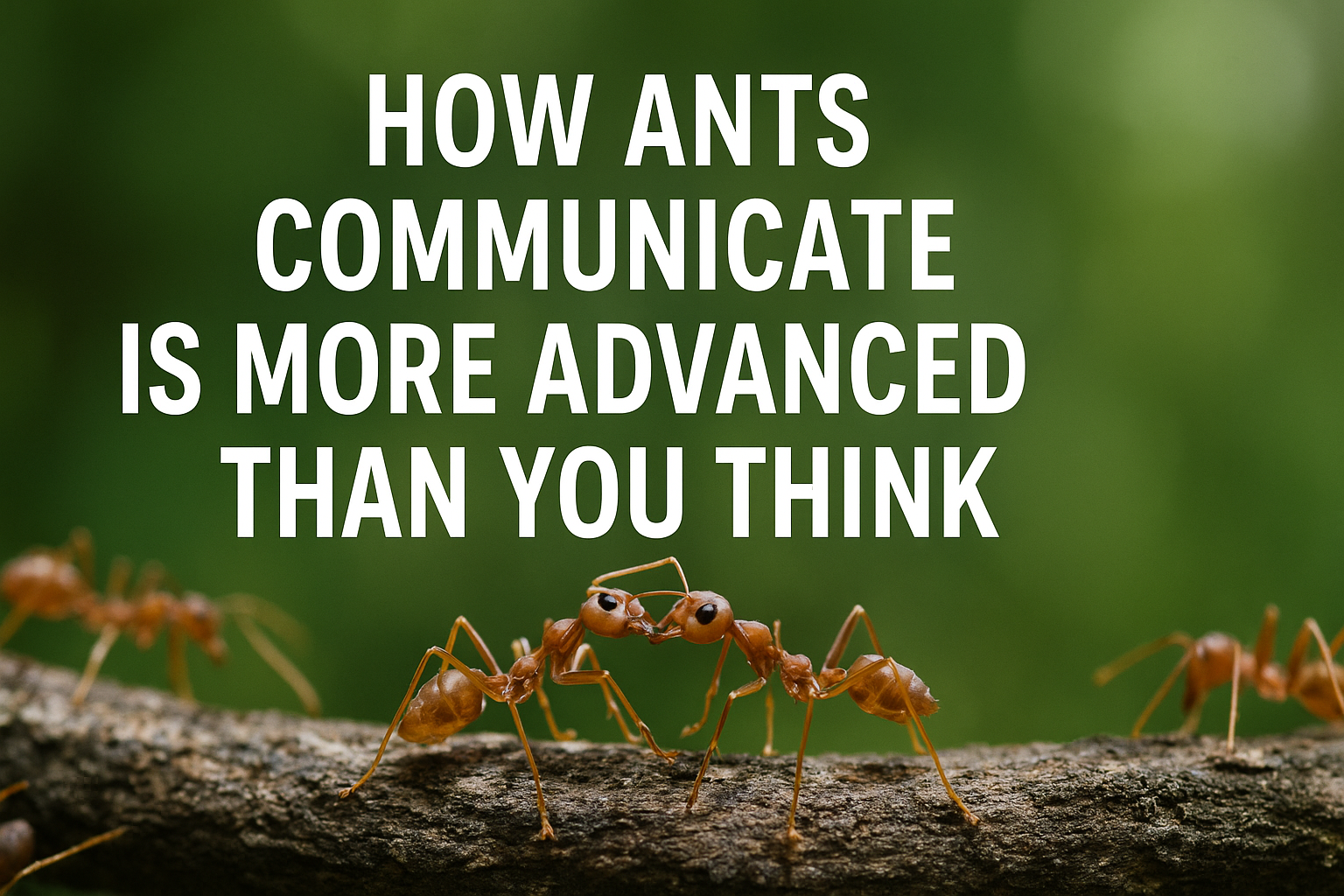Migration of birds has been one of the themes that have drawn the attention of scientists and nature enthusiasts. Millions of birds fly thousands of miles every year through salty waters of oceans, unfamiliar lands, and testing weather, all to come back to their native places. The most astonishing fact is how these birds are ever able to move so accurately: year in, year out they wind up at the same breeding or wintering area, and never lose their way. This apparently magical skill is a given mix of biological instinct and environmental stimulations and natural sophisticated navigational systems.
What Science Knows with Regard to Bird Migration?
Survival causes the migration in birds. With the change in seasons comes the change in the number of food, daylight time, and the temperature. The reaction that birds adopt towards the change is to migrate towards regions with better resources. There are birds that fly a short distance and some such as the Arctic Tern fly more than 40,000 miles per year. It is inbuilt in their brains and induced using modifications in the environment changes like the duration of daylight and temperature.
The distance is not impressive alone but the precision at which birds fly. Even young birds who had never before migrated, can navigate by means of these mechanisms that are stored in their genes and perfected by evolution.
The Use of the Stars in Celestial Navigation
The stars in the sky are largely underrated, particularly in relation to the celestial navigation. We need the stars to provide a sense of direction as we locate where we are and also where we are going.
A very interesting means of navigation adopted by birds is that of the stars. Some song birds, as well as other nocturnal migrants rely on the location of stars in the night skies like a map. They possess an internal clock by the way of which they can take into consideration the rotation of the Earth and in accordance change the direction. This star-compass was tested on studies in which birds were exposed to planetarium like settings and varied the orientation according to manipulated patterns of stars.
Birds can recognise constellations and synchronize their motions with the help of celestial signs. They particularly depend on position of the North Star and other stable constellations. Birds appear to have other systems of navigation, as they appear to have their sense of direction even at cloudy nights.
Sun Compass and the Inner Clock
Other than the stars, birds as well use the sun as a compass during the day time flights. They note how the sun is positioned given what time of the day it is. This is due to the fact that the birds use a circadian rhythm as a biological clock that they use to counter the movements of the sun during the day. When they get out of course, they readjust themselves depending on their course.
Researches have revealed that when the internal clock in a bird is messed up (say, by artificial lighting), the bird will compute direction wrongly, using the changed time. This is what emphasizes their significance when it comes to the process of sun-based navigation in terms of their natural time-keeping mechanism.
Magnetic Field Detection: The way the nature has its own GPS
The potential of the bird to detect the magnetic field of the earth is one of the advanced tools that the bird is endowed with. This magnetic sense enables the birds to identify the direction and position, which works as a GPS. This is not a secret at all as this is due to a protein, known as cryptochrome, that exists in the eyes of birds, which give them possibly the ability to detect the magnetic field of the earth in a pattern of shapes.
Magnetite (a magnetic mineral) is actually contained also in the beaks of some species, and thought to offer positional information. This enables them to find out the inclination of the magnetic field with the surface of the earth- which provides them with information concerning their latitude. This type of navigation is particularly important, when long voyages across the ocean are being made, or where Terrestrial features are not visible.
Landmarks and Memory Mapping
Besides celestial and magnetic guidance, visual land marks are also used by a bird to help in navigation. This method, which is also referred to as pilotage, is the ability to identify mountains, coasts, rivers as well as urban buildings. There are birds with very unusual memory of space and such that is to say that birds have the ability of retaining the right places after many years.
An example would include pigeons which are known to travel by road and can even take deliberate turns at large intersections insofar as they are made aware of such intersections. Such an elaborate mapping of memories comes in very handily where the birds are close to the destination and need to find their exact breeding or feeding grounds.
Olfactory navigation: The Path ofScent:
A recent research indicates that birds too use smell to navigate. Homing pigeons have been known to be able to relocate through the senses of smell. According to researchers, birds have the ability to make olfactory maps of whatever they see around depending on the smell that is driven through wind blows.
This sense of smell in navigation would be particularly significant in places where there is a lack of visual information. As an example, the albatrosses, and probably other seabirds, are said to be able to find feeding grounds in enormous open oceans by use of the smell of phytoplankton.
Navigation Learning and Experience
It is not all skills needed in navigation that are inborn but experience is very important. Adult birds tend to become good navigators than young ones. Young birds are the biggest culprits of mistakes during the initial migrations but with time they get used to their mistakes and improve their paths.
There are species of migration in flocks under the experienced adults as well. Younger birds follow these leaders, so that they would remember the path to make further migrations. This social learning makes sure that there is no forgetting of information as it travels generation after generation, the custom paths of migration remain.
Environmental Challenges Environment Clean Water
The birds have a very remarkable ability to respond to the nature of the environment. Migration routes may be disrupted by habitat loss, Climate change, and urban development. But numerous species have changed their behavior: they have shifted flight patterns, they have altered timing of migration or their place of destination.
Spite these complexities, foundations of navigation systems are still intact. Birds have a set of cues that they combine to reroute their routes when some obstacles occur unexpectedly. It is such a flexibility and resilience that makes them survive in the dynamic world.
Migration-Human Influence in the Future
Human activities are likely to threaten the migration processes as birds have been naturally prepared to do so. Light pollution in a city may also confuse night migrating birds and cause night collisions with buildings. Sufficiency of food in the stop over sites is impacted by climate change. Deforestation eliminates important resting and refueling sites.
Luckily, there is an increasing number of efforts undertaken to protect. The protection of migratory species is being undertaken with the bird-safe building designs, secured migratory pathways, and even international agreements. The knowledge of bird navigation can help human beings in the designing of good policies and environments to facilitate their natural ways of doing things.
Conclusion
One of the most marvelous incidences in the life of animal kingdom is bird migration. This is a sign of brilliance of evolution as we all know how the birds can fly thousands of miles without losing their ways. Birds do all this using an inspired mix of celestial navigation, sun and magnetic compasses, spatial memory, olfactory mapping and learned behavior all of which results in a feat of travel that can be compared with any human-made device.
When we discover more and more of the secrets of avian navigation, we will not only learn things about biology and smarts of animals but we will also see how delicate a wing is the construction of nature. The preservation of these migratory flights does not only apply to the protection of the birds; it is also about maintaining a legacy on mother nature that transcends boundaries through the sky and across the world.




